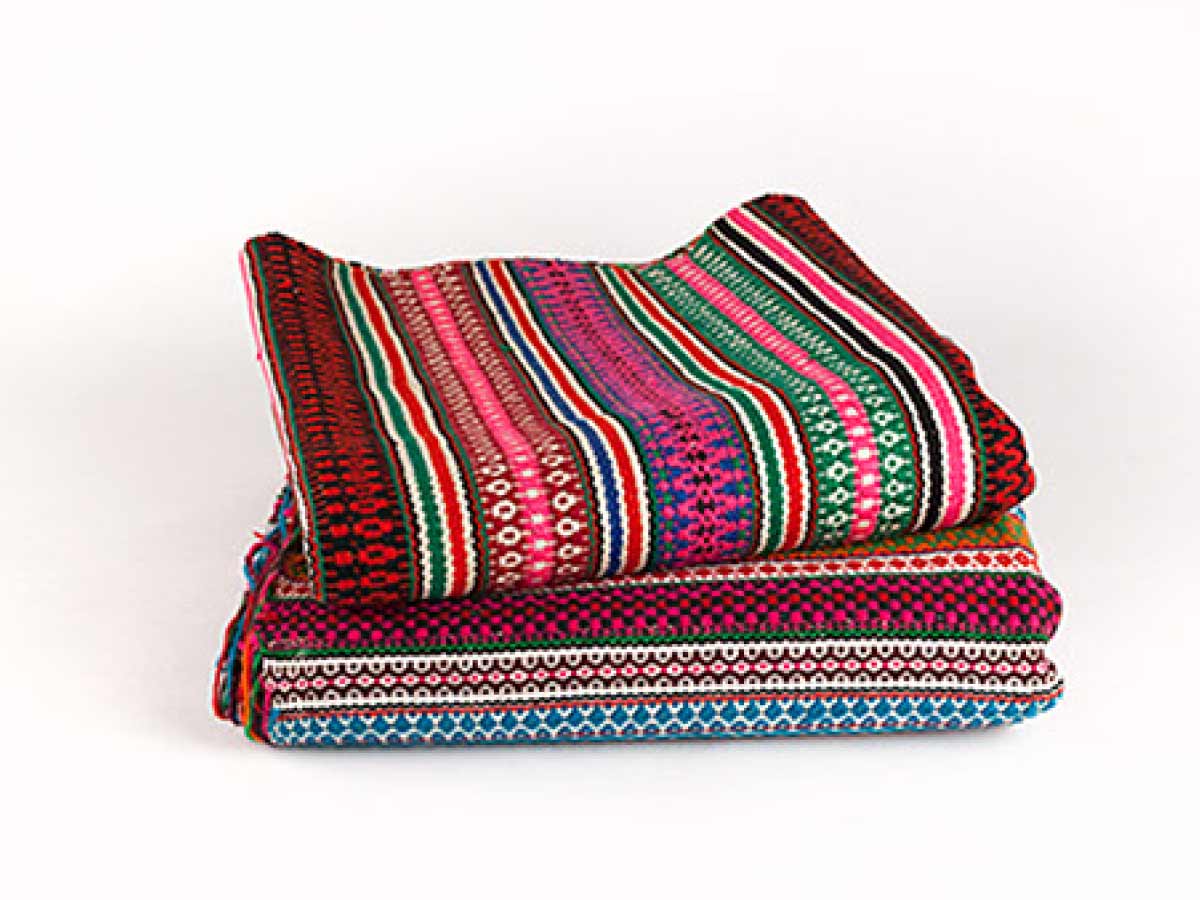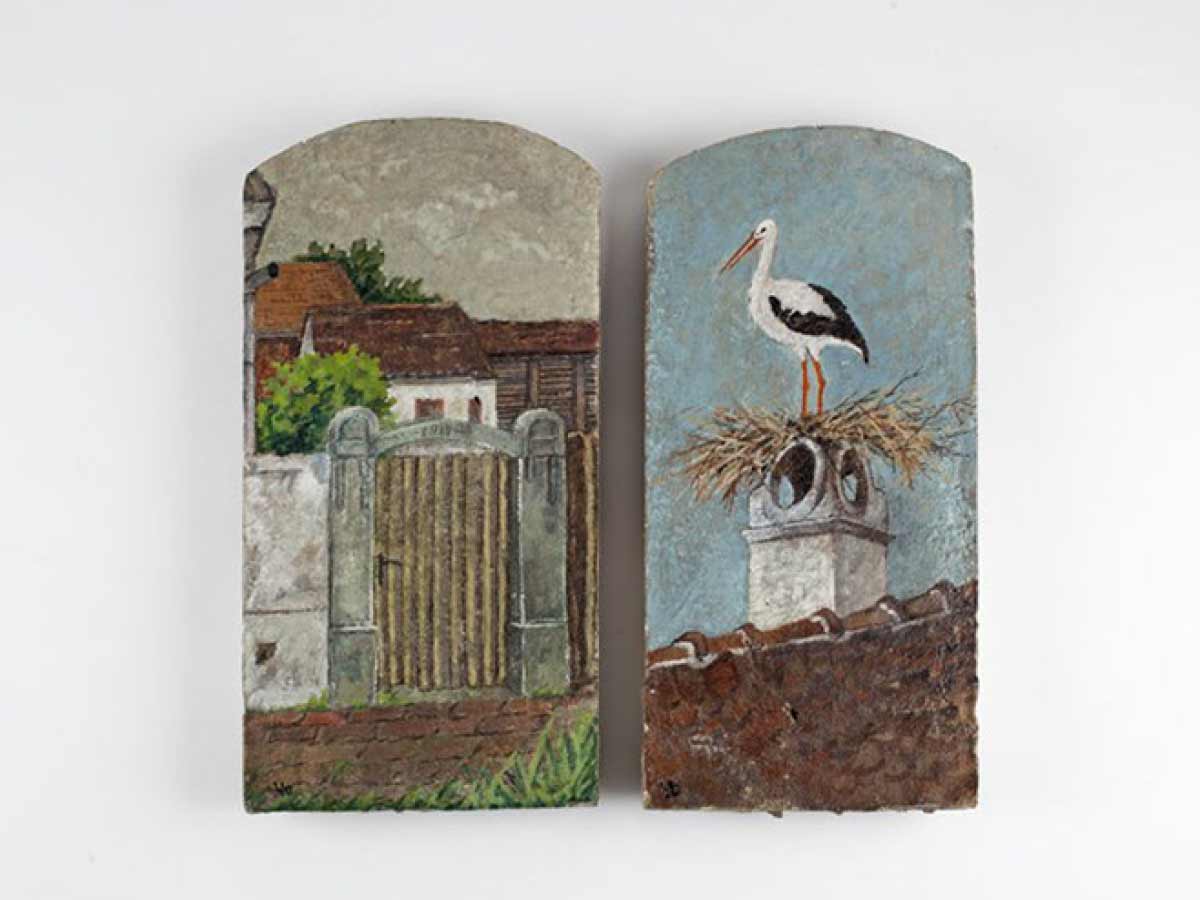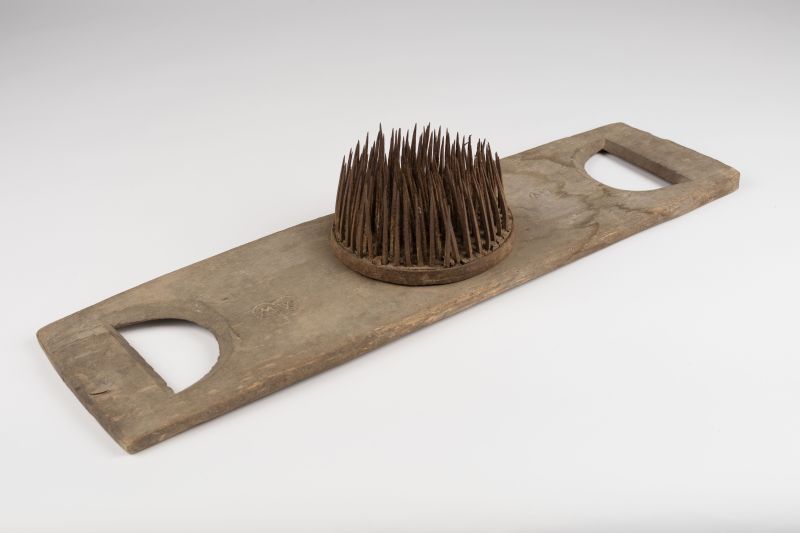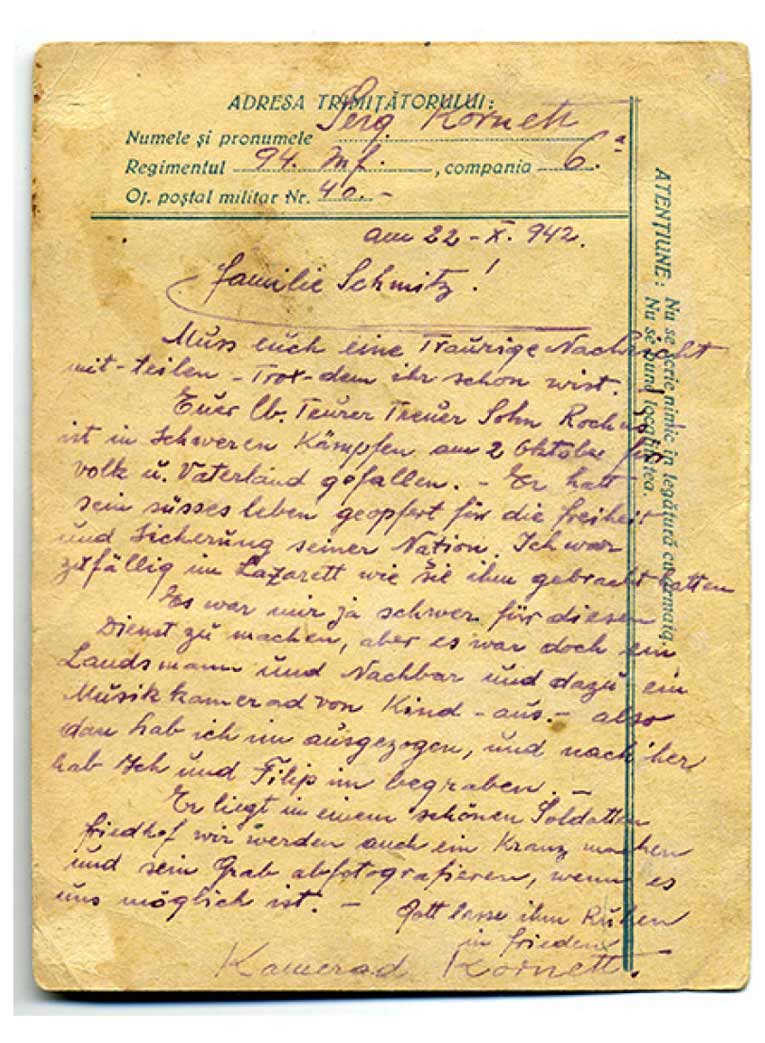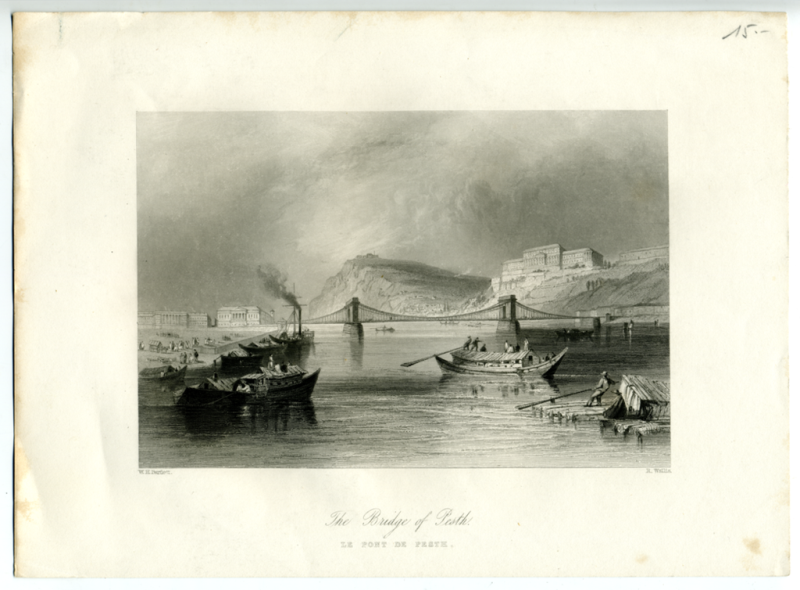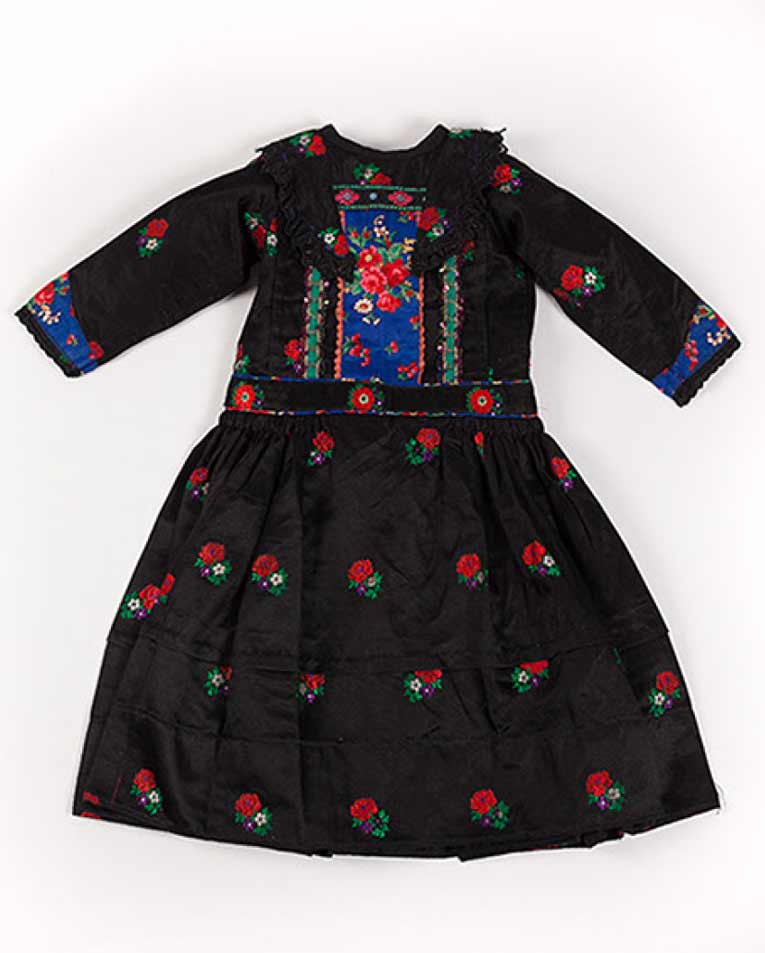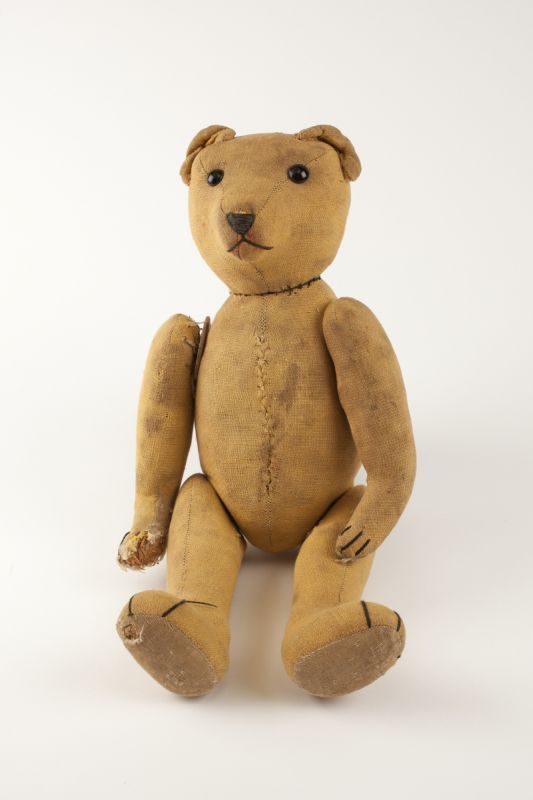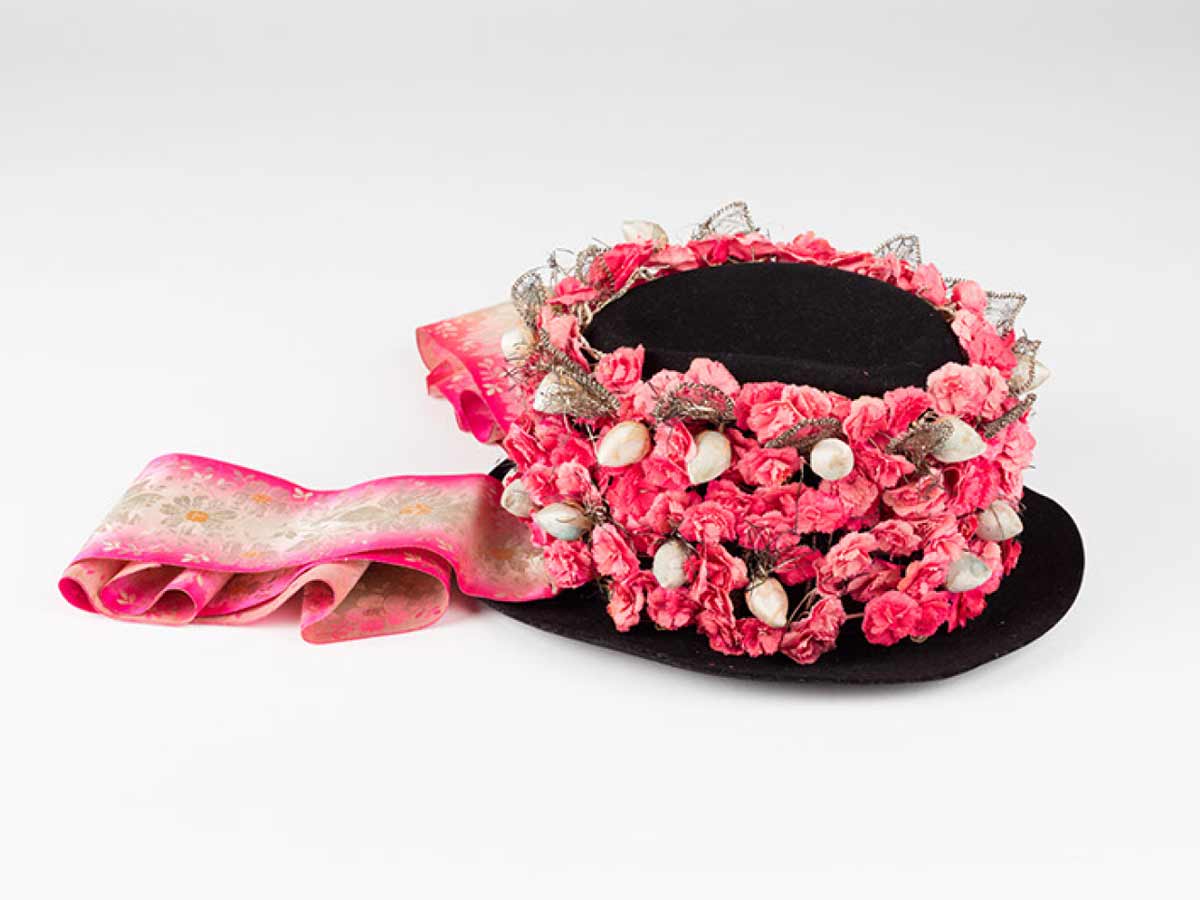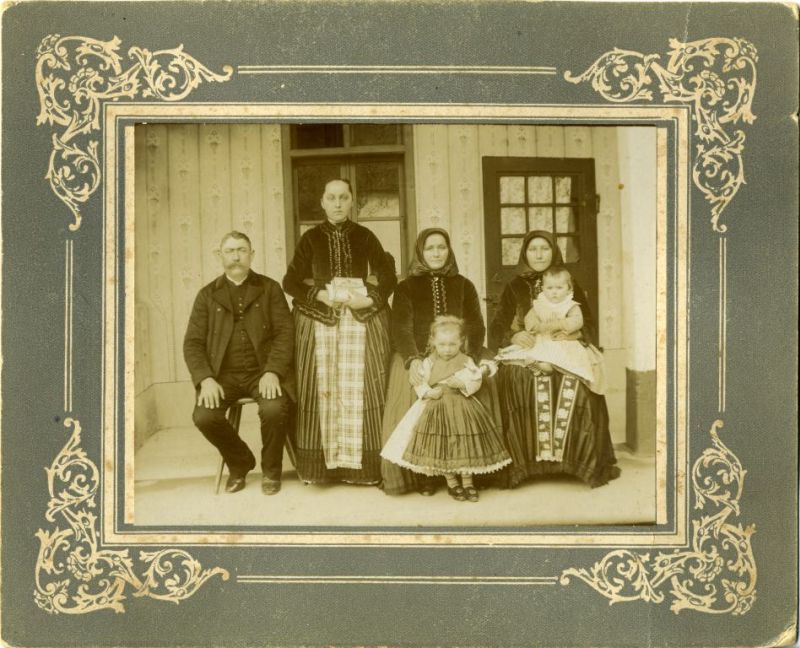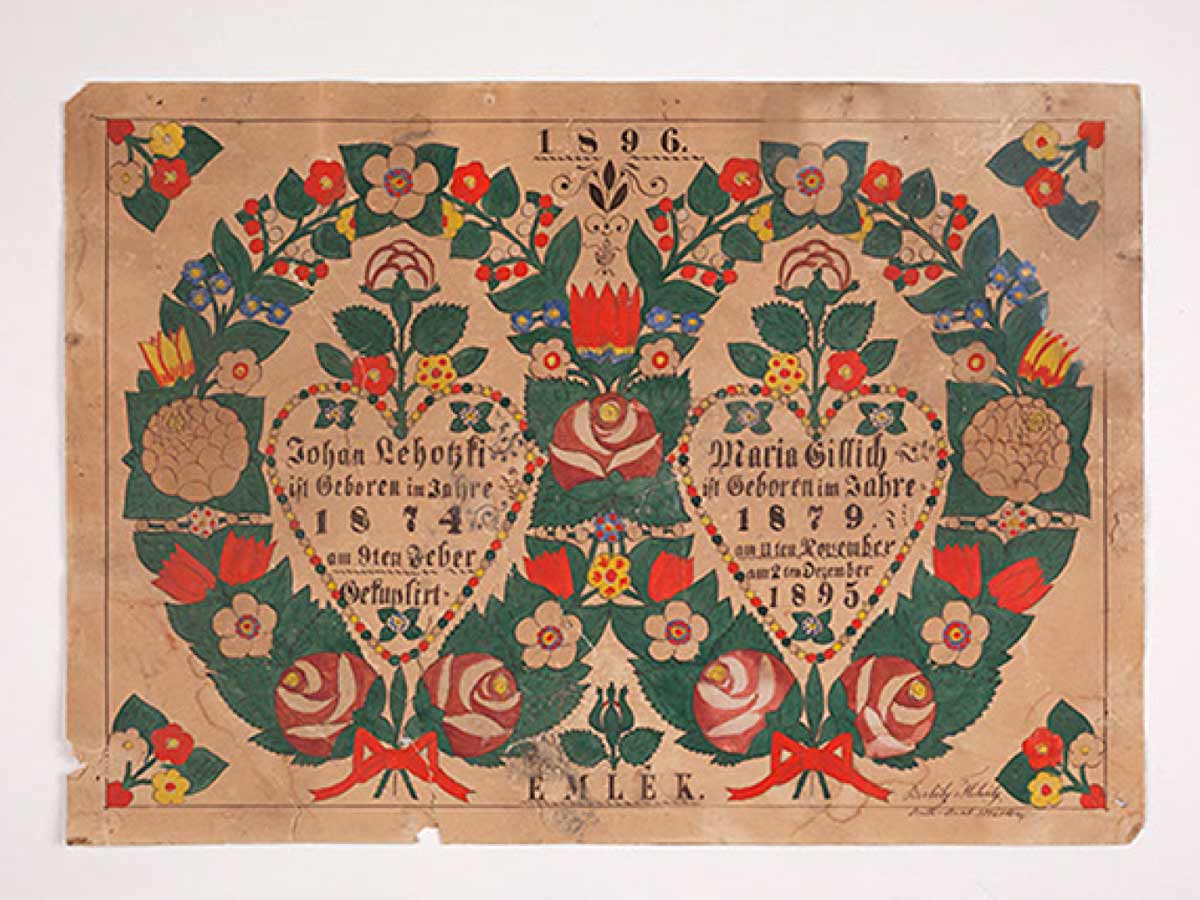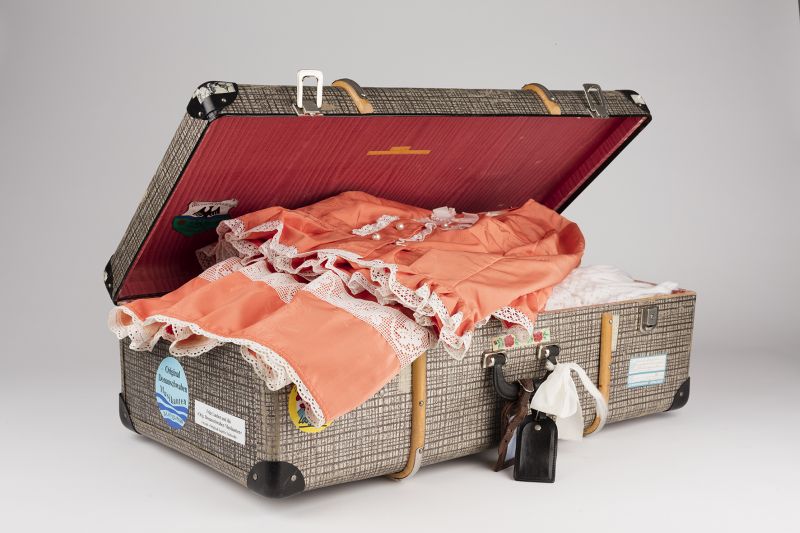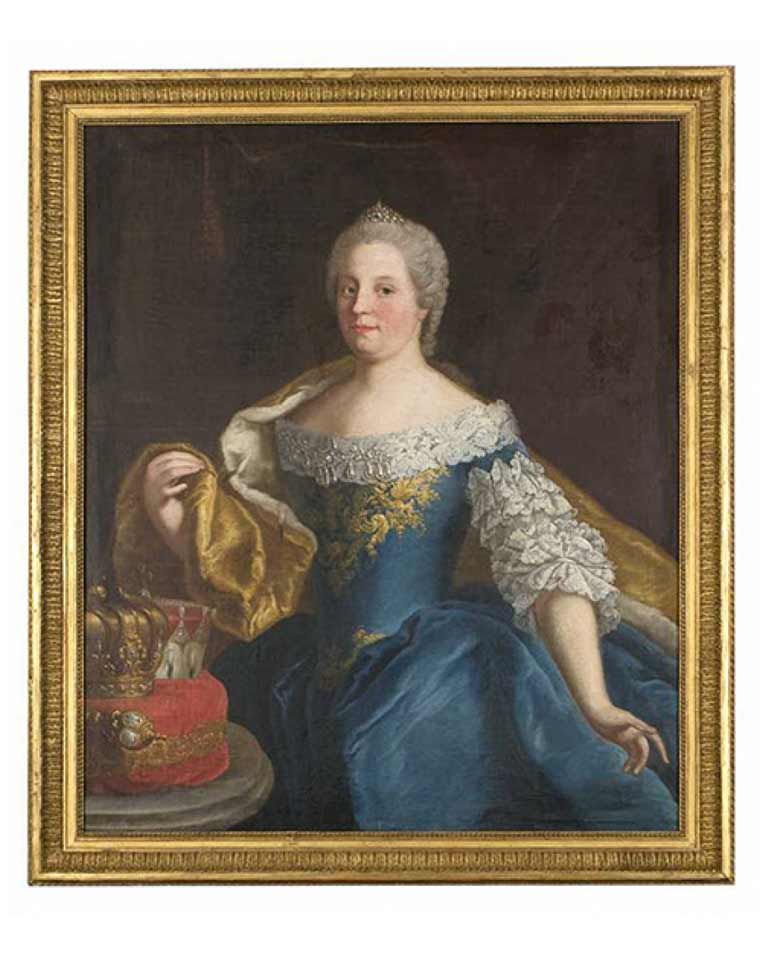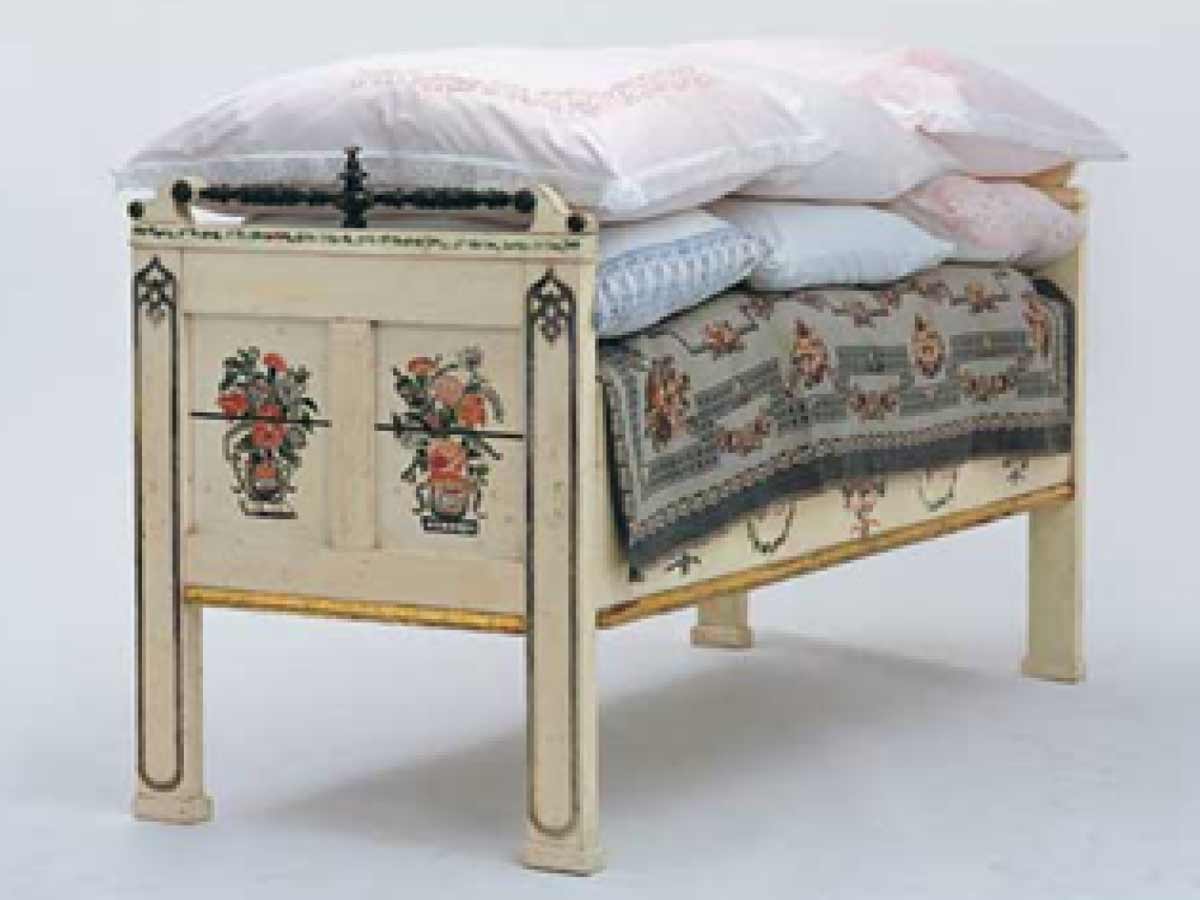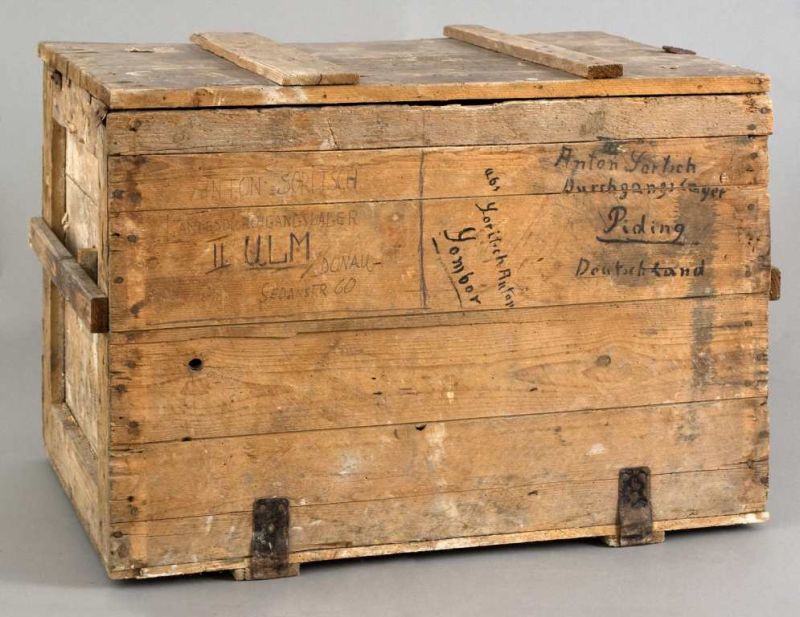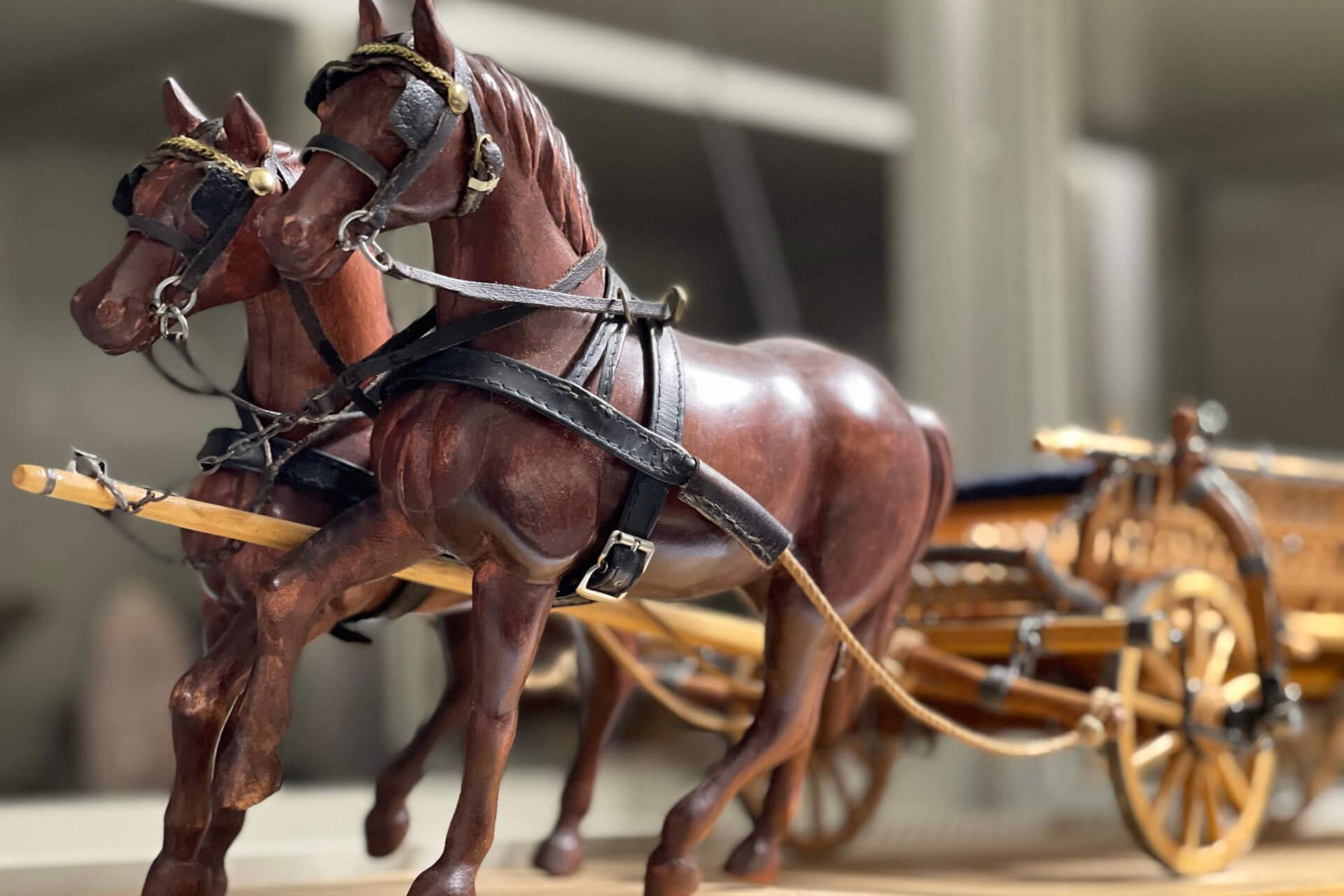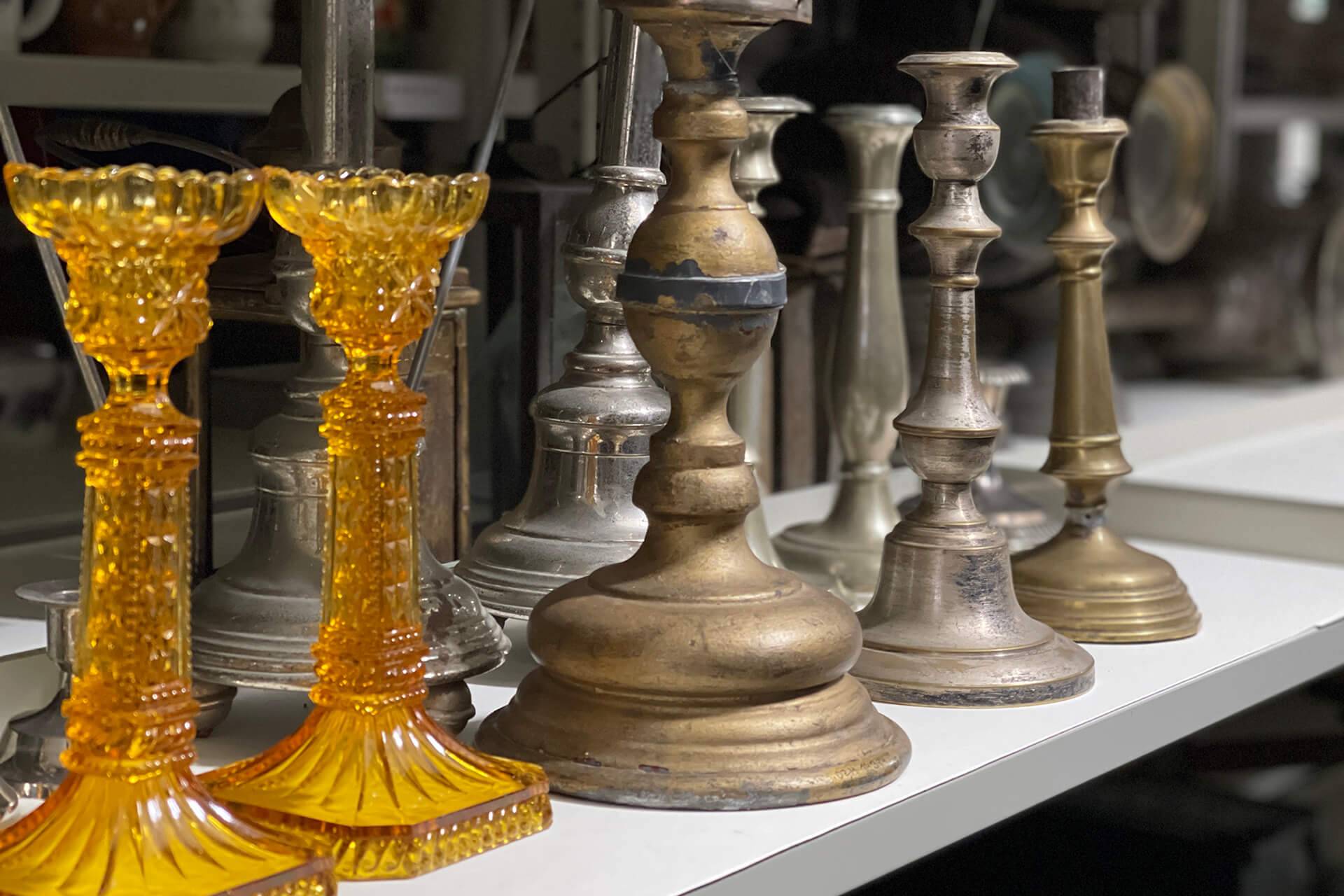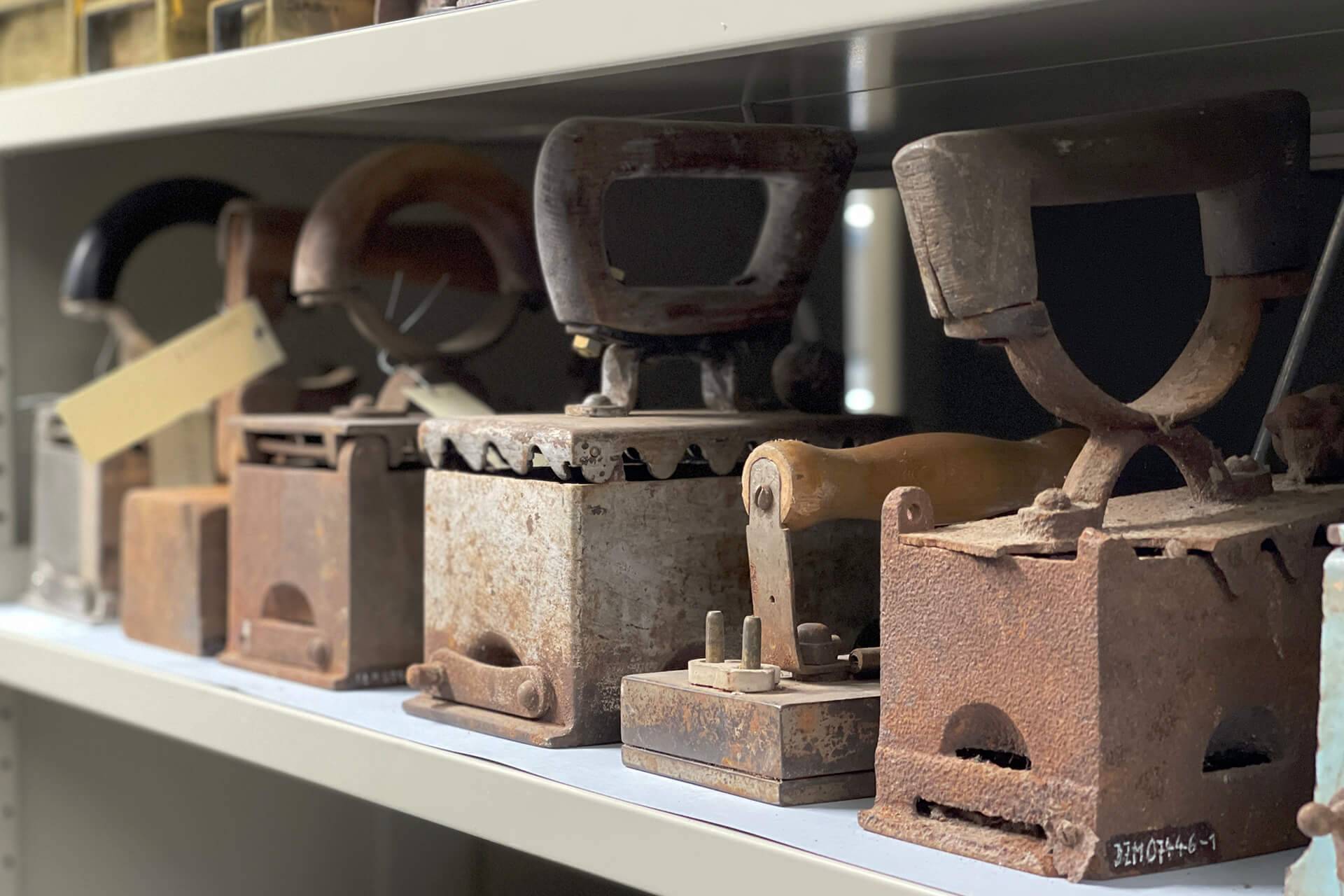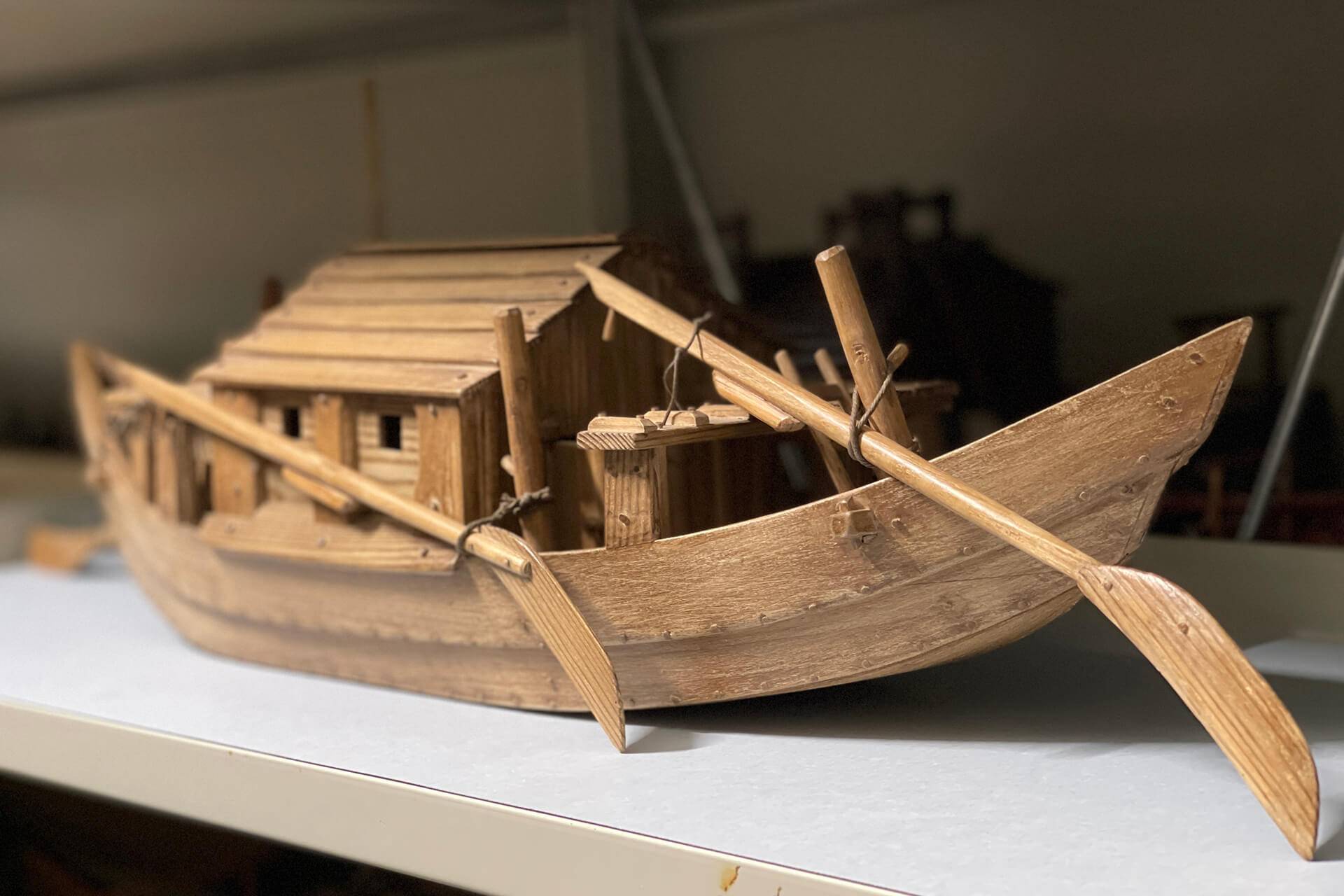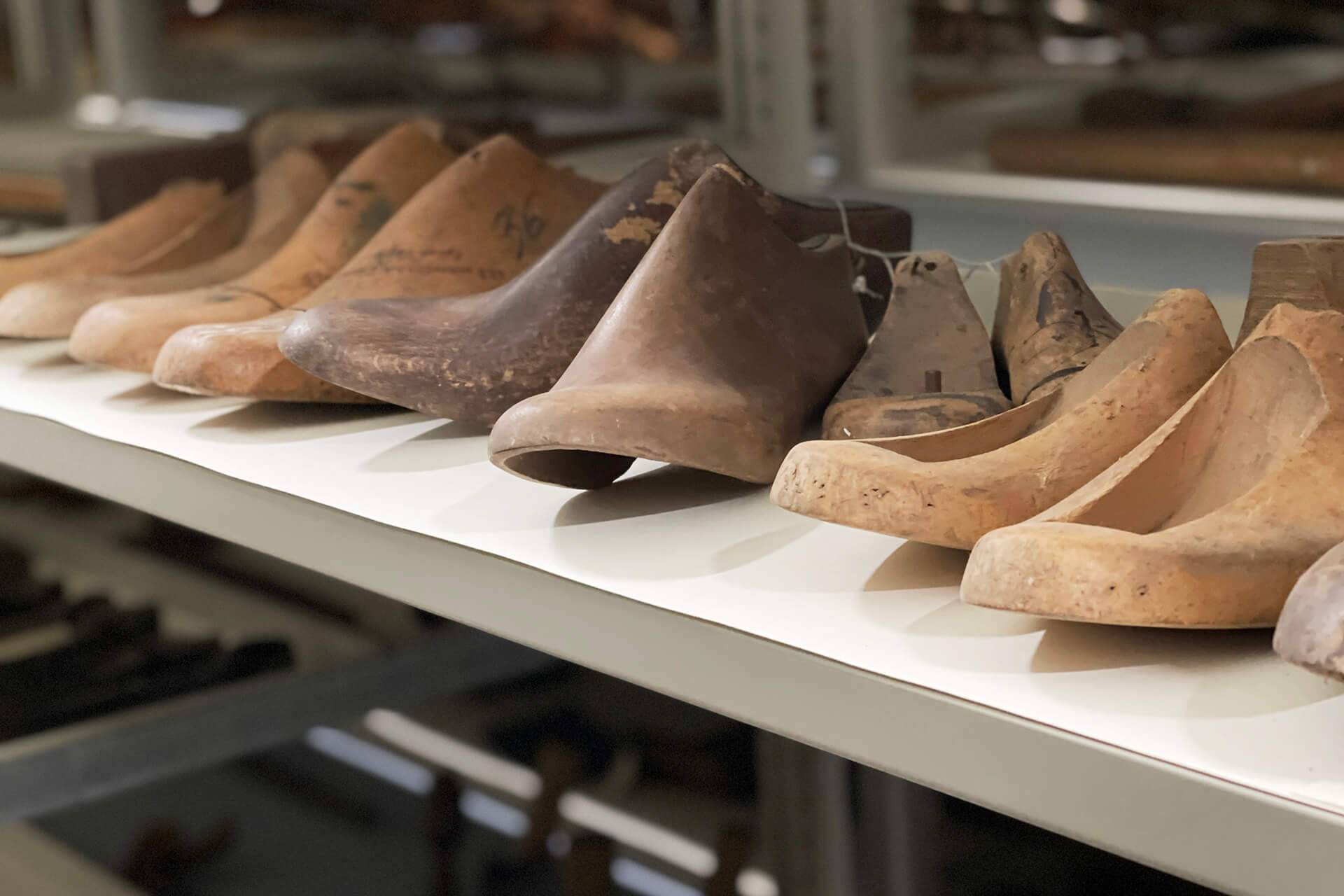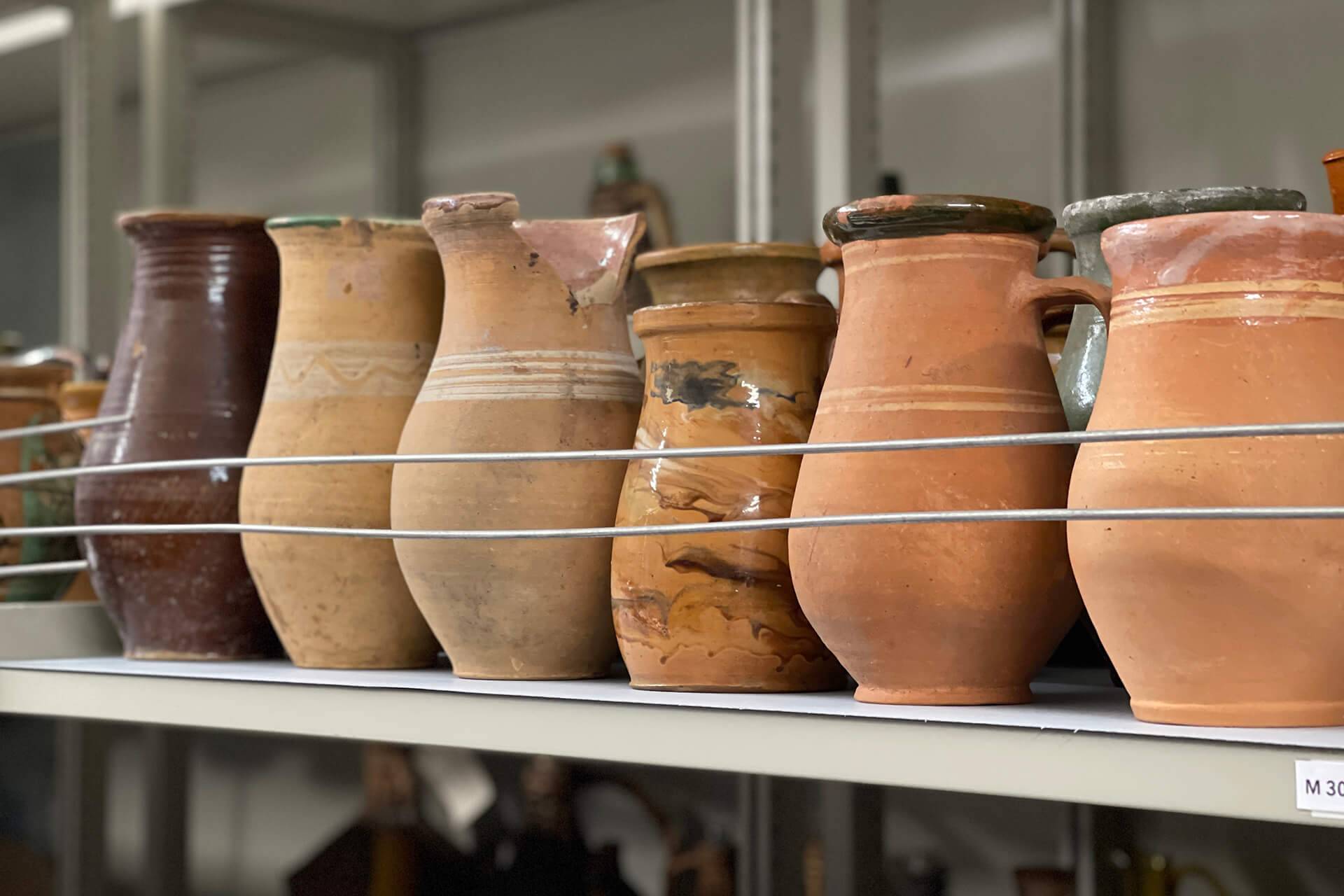The collection of the Danube Swabian Central Museum in Ulm, which is continuously being expanded, serves as a material "store of history" for Danube Swabian culture and history.
The collection
In contrast to most other museums, the museum does not have an inventory of objects that has grown over decades. Before the foundation was set up in 1994, a “collecting on trial” from 1988 to 1989 was intended to show whether a historically and culturally meaningful collection could be created for a new museum.
The first item recorded in the 1988 inventory was a miniature portrait of a noblewoman painted on ivory. With 190 other specially acquired objects, this miniature formed the contribution of the State of Baden-Württemberg to the later museum collection. An additional 173 objects were brought in by the Federal Republic of Germany. The resulting basic inventory was varied: it included furniture and furnishings, graphics and paintings, clothing and other textiles, books, dishes, household appliances, costume dolls, agricultural items, tools and an escape suitcase. On the occasion of the foundation’s establishment in 1994, this foundation was supplemented by contributions from the four Danube Swabian country teams, who had contractually agreed to support the construction of the museum in this way.
Since then, the collection has grown primarily thanks to numerous private donations. They are an expression of the wish of many members of the war generation to provide their memorabilia from their old homeland, which they have kept for decades, to a permanent home, even after their own death.
These are primarily evidence of everyday rural culture from the time up to the Second World War. There are few things from urban bourgeois or industrial milieus. The collection of fine arts is also clear, with the exception of the artistic estate of the Hungarian-German artist Josef de Ponte, which was taken over in 2007. An important area of the collection are – predominantly private – photographs that complement the received material assets in a meaningful way. In addition to collection items of Danube Swabian origin, the museum also includes objects for comparison from other ethnic groups or items from overarching historical contexts in its collection. Another focus is the navigation of the Danube in Ulm, in 2010 the museum was able to take over the last local shipbuilding workshop from Eugen Hailbronner.
The "memory behind things"
What is really special about the collection is that many of the exhibits have their origins in south-eastern Europe and often made their way to Germany on adventurous (escape) routes. The collection grew and grew mainly from private donations from Danube Swabians living in Germany. Most of them are simple everyday objects, which, however, are linked to unexpectedly diverse biographical memories of their owners. Their eyewitness reports are recorded and archived in the museum as a “memory behind things”.
In doing so, some common criteria for collecting turn out to be irrelevant, such as the distinction between original and forgery. Within the culture of remembrance of refugees and displaced persons, reconstructions (or constructions) of lost cultural assets such as costumes and church models have a significant impact on identity. They were therefore included in the collection as well as the “real” pieces from Danube Swabian settlement areas.
From the popcorn maker to the forced laborer jacket to the everlasting Christmas tree: You can find things and stories from our collection in the Museum digital database.
collectiblestell stories
In our permanent exhibitions, we show how simple everyday objects are linked to the biographical memories of their owners. This backpack also tells a special story.


